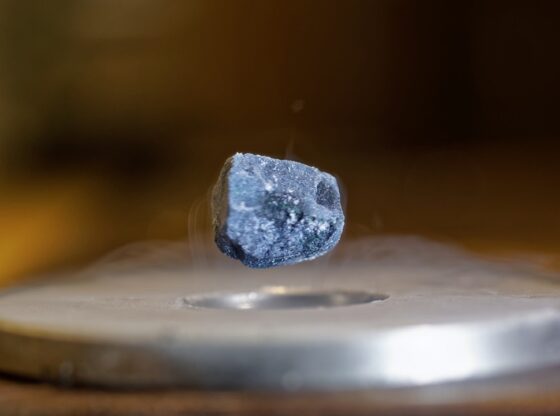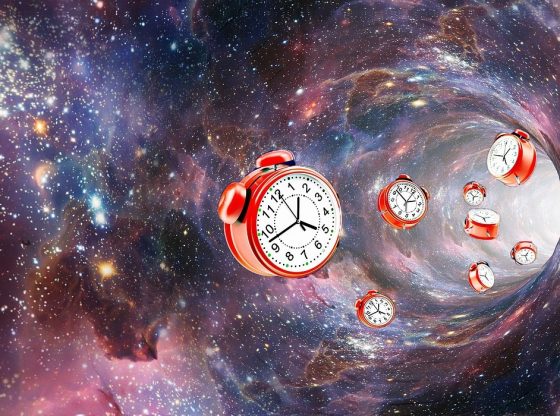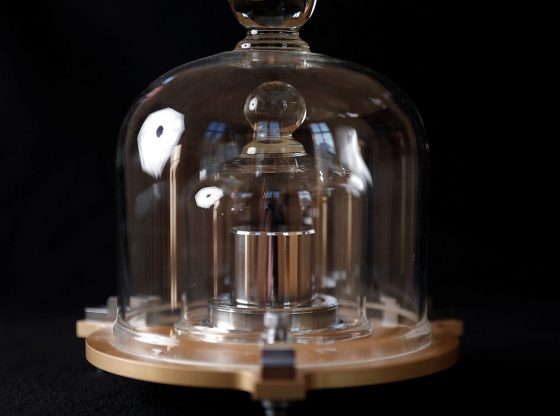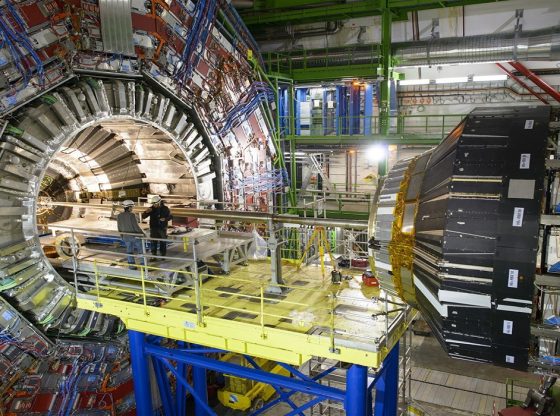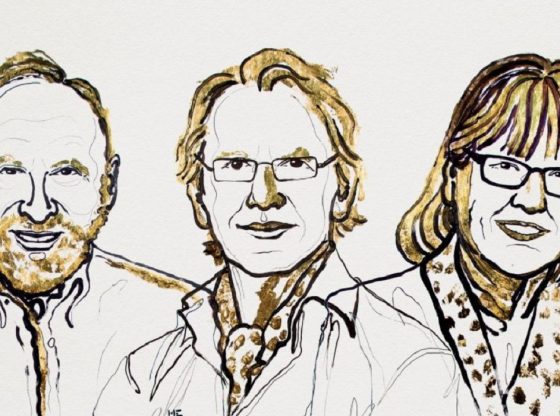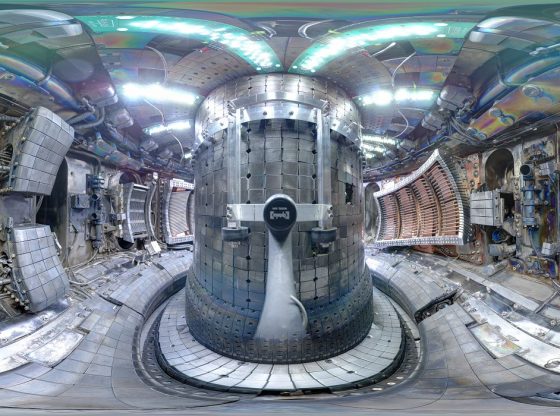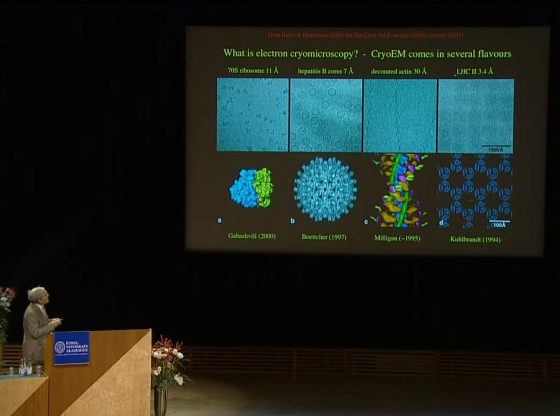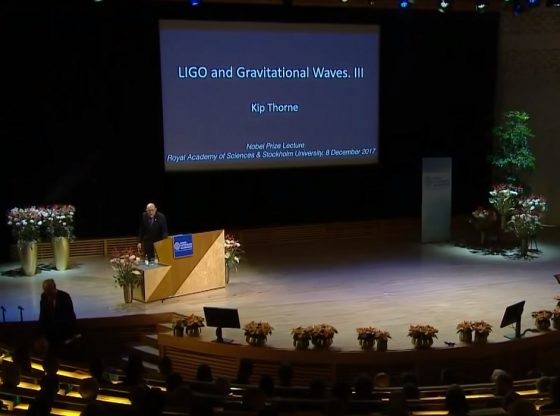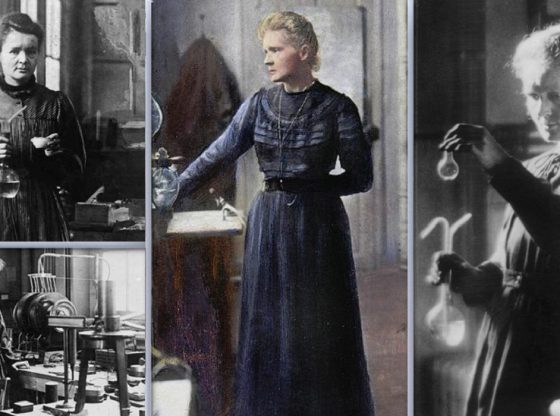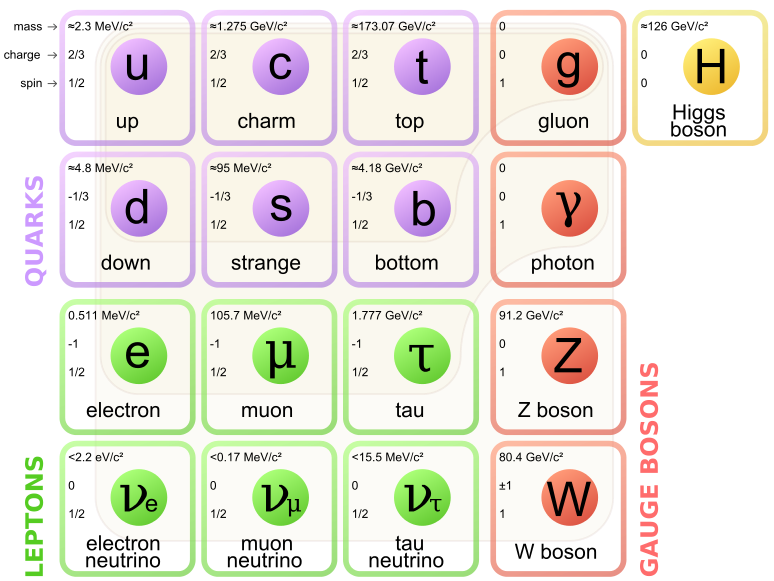
Ever heard of a tetraquark? Well, this is the type of particle that scientists at CERN now believe to having found using the Large Hadron Collider, currently the world’s largest and most powerful particle collider.
This particle is a so-called hadron (a particle made of quarks held together by the strong force) and this hadron is composed of four quarks (two quarks and two antiquarks). Quarks are subatomic particles that presently are considered to be the smallest building blocks of matter.
The tetraquark has been a hypothetical particle for a long time, however. In 2003 a particle temporarily called X(3872), as indicated by the Belle experiment in Japan and was proposed to be a tetraquark candidate. In 2004, the DsJ(2632) state seen in Fermilab’s SELEX was suggested as a possible tetraquark candidate. Then in 2009, Fermilab announced that they have discovered a particle temporarily called Y(4140), which may also be a tetraquark and in June 2013, two independent groups at CERN reported on the Zc(3900) particle, a discovery published in Nature “Quark quartet opens a fresh vista on matter”.
Now, a paper summarizing the results from 2013 has been published in the physics archive, which is a repository for preprint (not yet peer reviewed) physics papers. Since the results are still young, they are still indefinite, but if the discovery holds up, it could have implications for our understanding of neutron stars among other things. It opens up new possibilities to describe the core of neutron stars since it has long been speculated that the core must contain some exotic particles.
_______________
Quark quartet opens fresh vista on matter
Observation of the resonant character of the Z(4430)− state
___________________________

